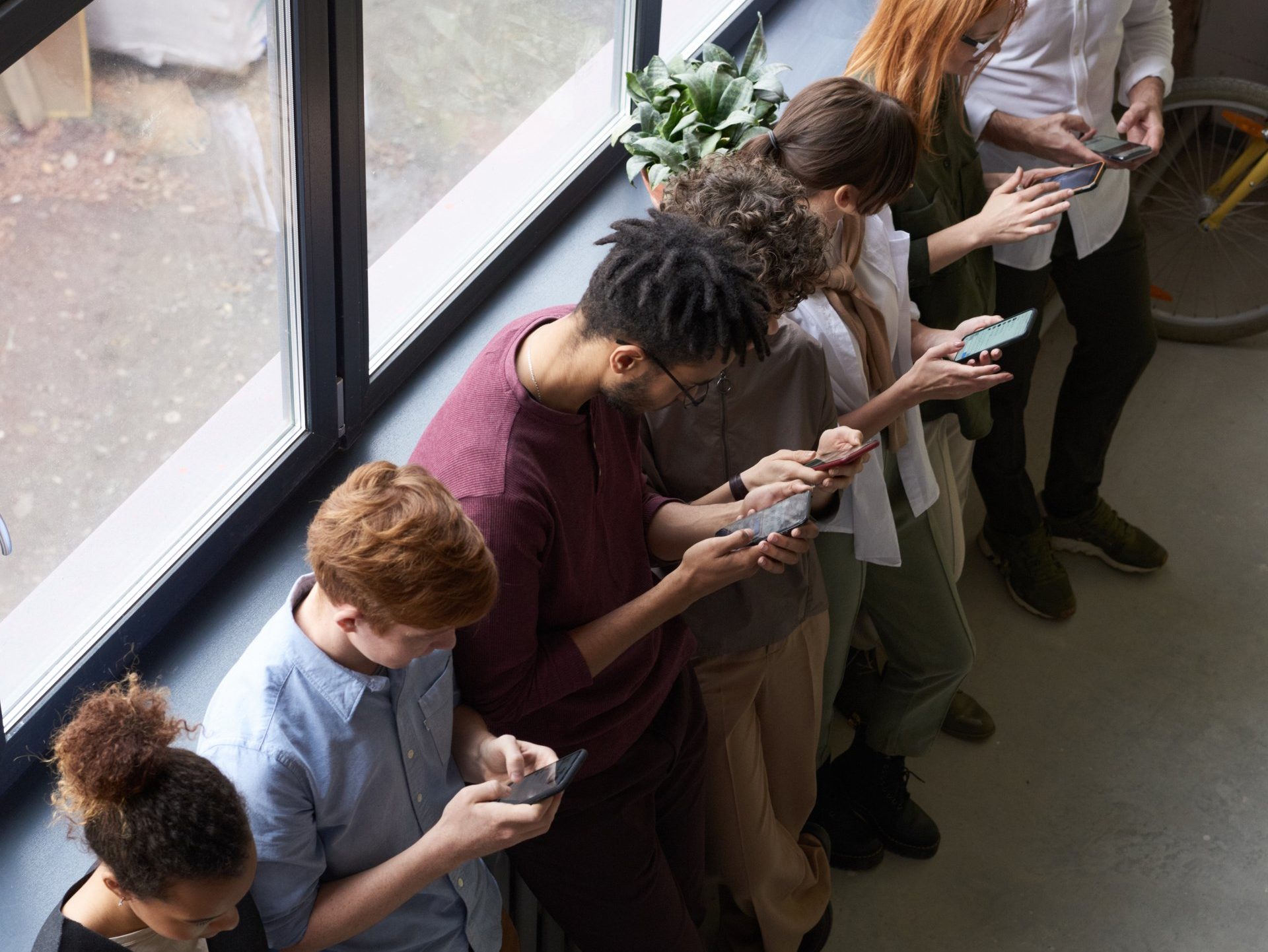Computer-, Smartphone-Based Treatments Effective at Reducing Symptoms of Depression

Computer- and smartphone-based treatments appear to be effective in reducing symptoms of depression, and while it remains unclear whether they are as effective as face-to-face psychotherapy, they offer a promising alternative to address the growing mental health needs spawned by the COVID-19 pandemic, according to research published by the American Psychological Association.
"The year 2020 marked 30 years since the first paper was published on a digital intervention for the treatment of depression. It also marked an unparalleled inflection point in the worldwide conversion of mental health services from face-to-face delivery to remote, digital solutions in response to the COVID-19 pandemic," said lead author Isaac Moshe, MA, a doctoral candidate at the University of Helsinki. "Given the accelerated adoption of digital interventions, it is both timely and important to ask to what extent digital interventions are effective in the treatment of depression, whether they may provide viable alternatives to face-to-face psychotherapy beyond the lab and what are the key factors that moderate outcomes."
The research was published in the journal Psychological Bulletin.
Digital interventions typically require patients to log in to a software program, website or app to read, watch, listen to and interact with content structured as a series of modules or lessons. Individuals often receive homework assignments relating to the modules and regularly complete digitally administered questionnaires relevant to their presenting problems. This allows clinicians to monitor patients' progress and outcomes in cases where digital interventions include human support. Digital interventions are not the same as teletherapy, which has gotten much attention during the pandemic, according to Moshe. Teletherapy uses videoconferencing or telephone services to facilitate one-on-one psychotherapy.
"Digital interventions have been proposed as a way of meeting the unmet demand for psychological treatment," Moshe said. "As digital interventions are being increasingly adopted within both private and public health care systems, we set out to understand whether these
treatments are as effective as traditional face-to-face therapy, to what extent human support has an impact on outcomes and whether the benefits found in lab settings transfer to real-world settings."
Researchers conducted a meta-analysis of 83 studies testing digital applications for treating depression, dating as far back as 1990 and involving more than 15,000 participants in total, 80% adults and 69.5% women. All of the studies were randomized controlled trials comparing a digital intervention treatment to either an inactive control (e.g., waitlist control or no treatment at all) or an active comparison condition (e.g., treatment as usual or face-to-face psychotherapy) and primarily focused on individuals with mild to moderate depression symptoms.
Overall, researchers found that digital interventions improved depression symptoms over control conditions, but the effect was not as strong as that found in a similar meta-analysis of face-to-face psychotherapy. There were not enough studies in the current meta-analysis to directly compare digital interventions to face-to-face psychotherapy, and researchers found no studies comparing digital strategies with drug therapy.
The digital treatments that involved a human component, whether in the form of feedback on assignments or technical assistance, were the most effective in reducing depression symptoms. This may be partially explained by the fact that a human component increased the likelihood that participants would complete the full intervention, and compliance with therapy is linked to better outcomes, according to Moshe.
One finding that concerned Moshe was that only about half of participants actually completed the full treatment. That number was even lower (25%) in studies conducted in real-world health care settings compared with controlled laboratory experiments. This may help explain why treatments tested in real-world settings were less effective than those tested in laboratories.
"The COVID-19 pandemic has had a major impact on mental health across the globe. Depression is predicted to be the leading cause of lost life years due to illness by 2030. At the same time, less than 1 in 5 people receive appropriate treatment, and less than 1 in 27 in low-income settings. A major reason for this is the lack of trained health care providers," he said. "Overall, our findings from effectiveness studies suggest that digital interventions may have a valuable role to play as part of the treatment offering in routine care, especially when accompanied by some sort of human guidance."
This article originally posted at Science Daily.
Materials provided by American Psychological Association. Note: Content may be edited for style and length.
Orange County Psychiatric Associates, in Mission Viejo, works with adolescents, and adults to enable them to live their lives to their fullest. Orange Coast Psychiatric Associates tailors treatments based on the understanding that both body and mind must be treated in order to promote better mental and physical health. Let us help you improve your quality of life with specialized care for you.




